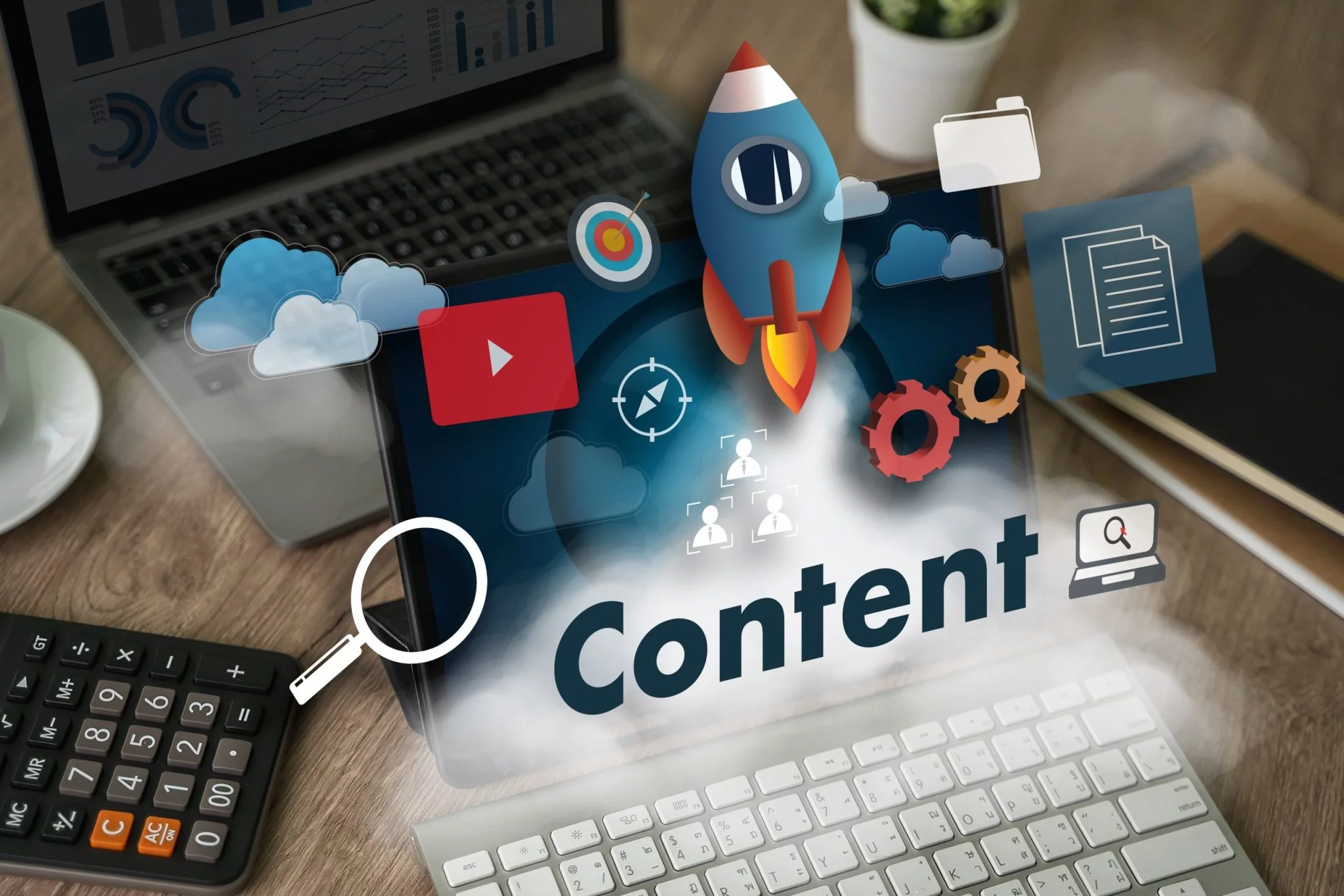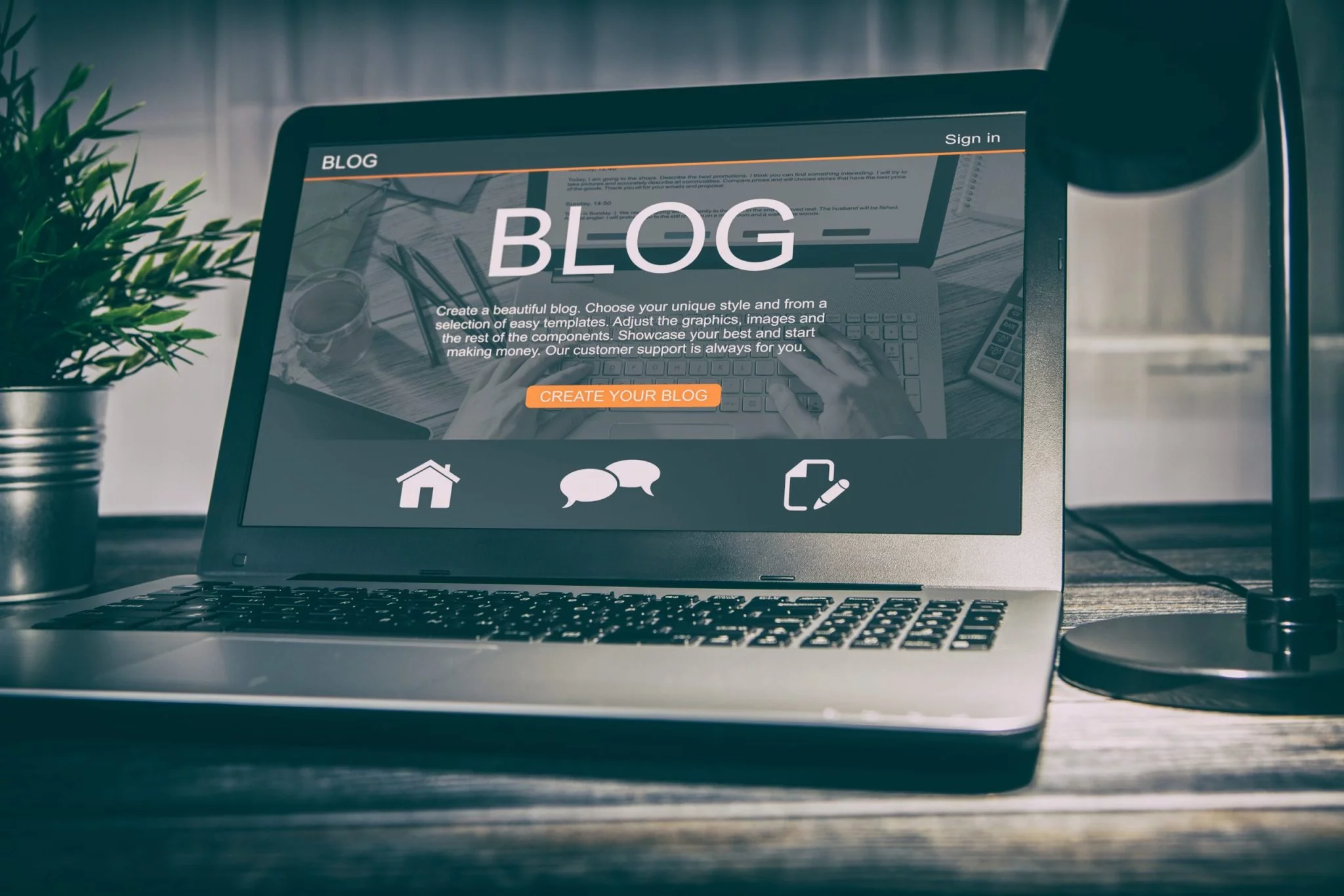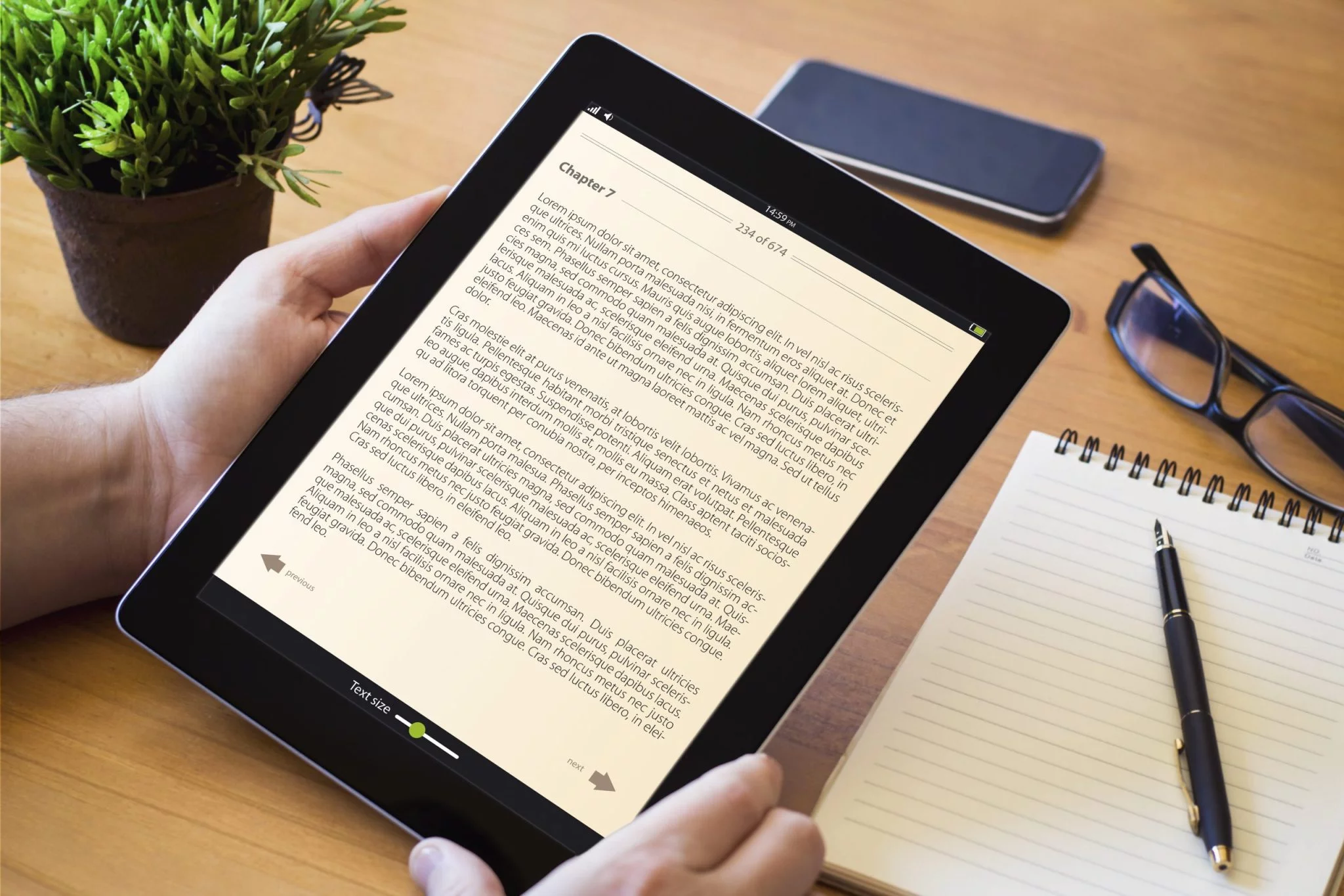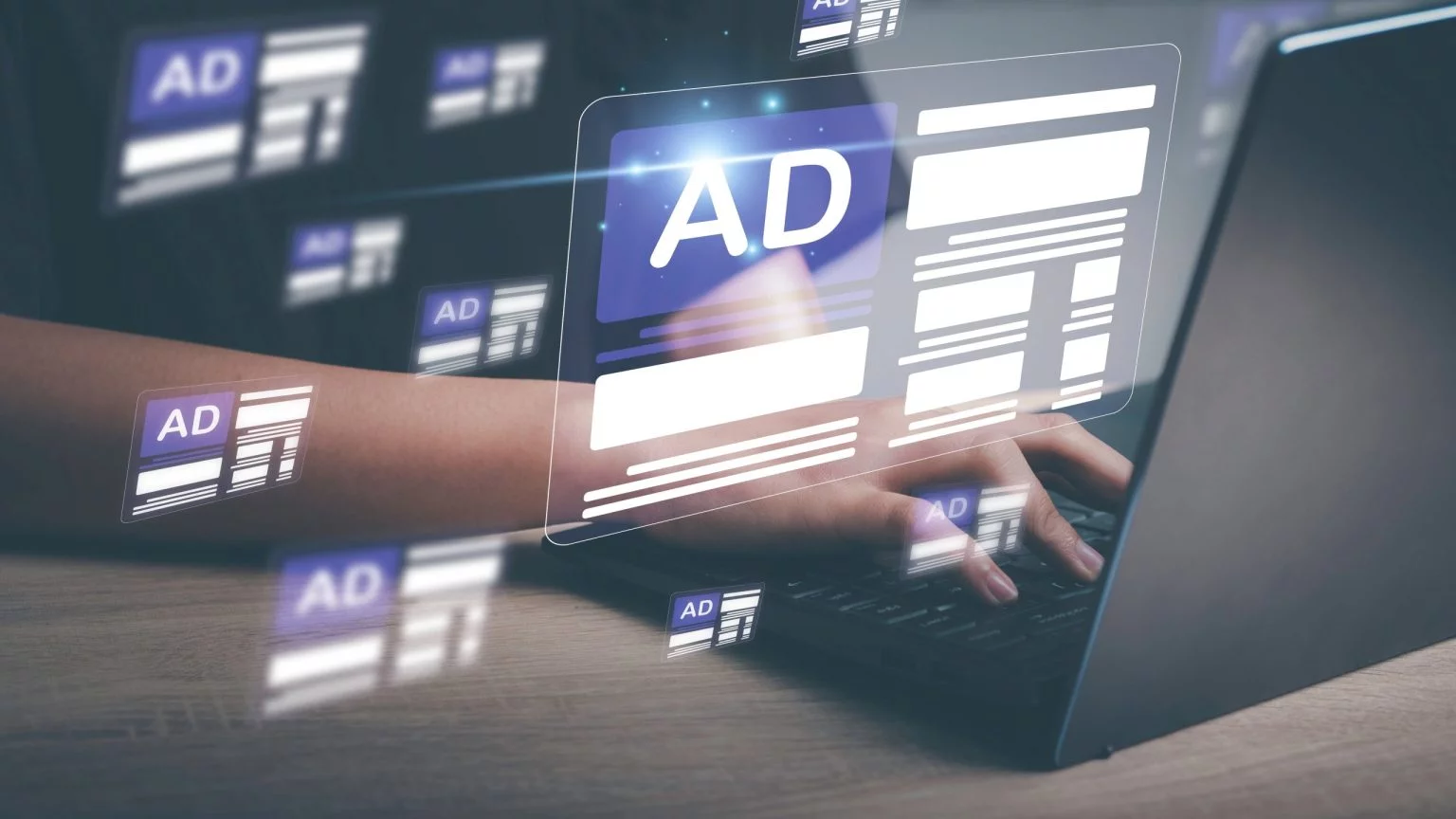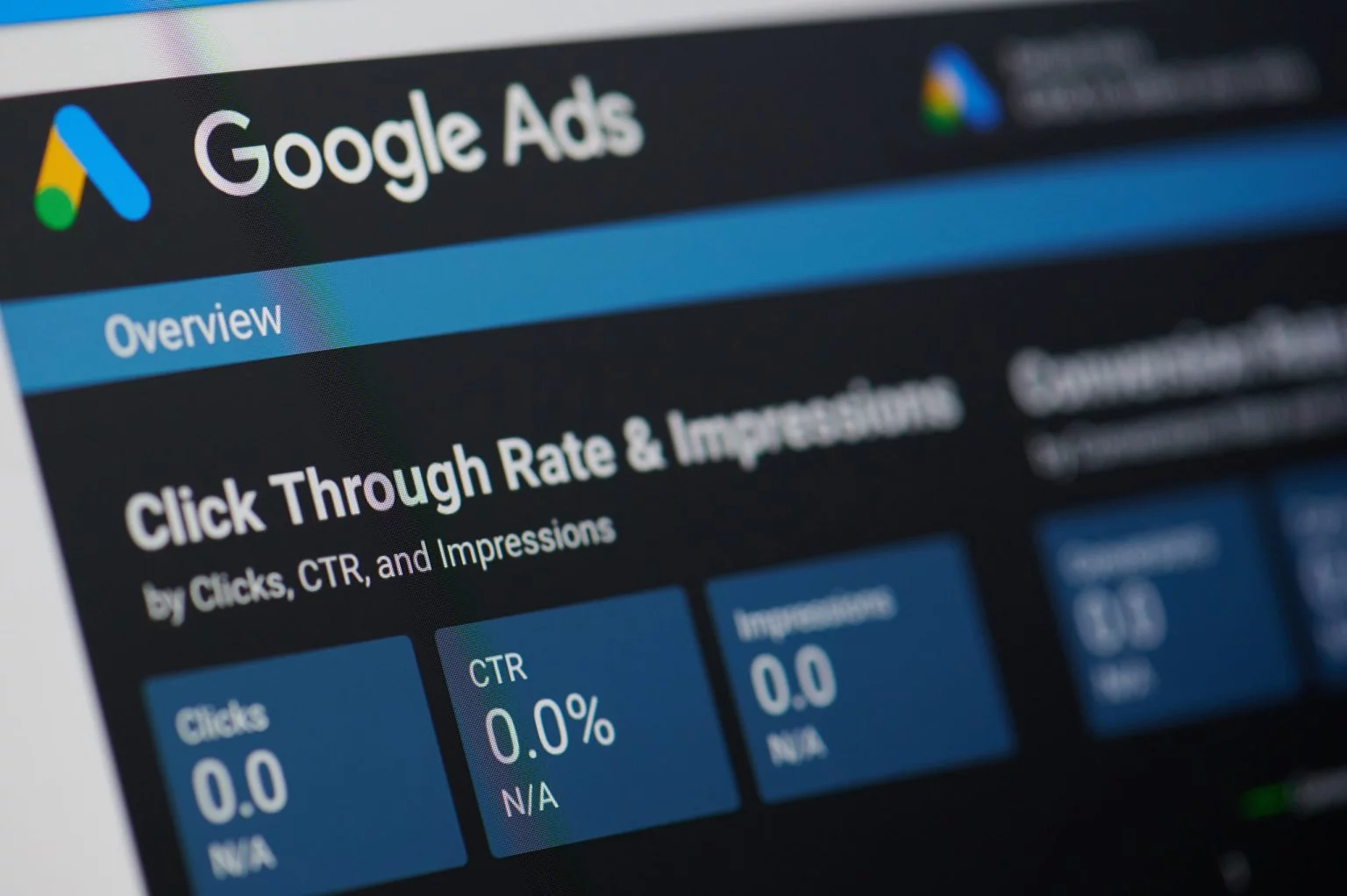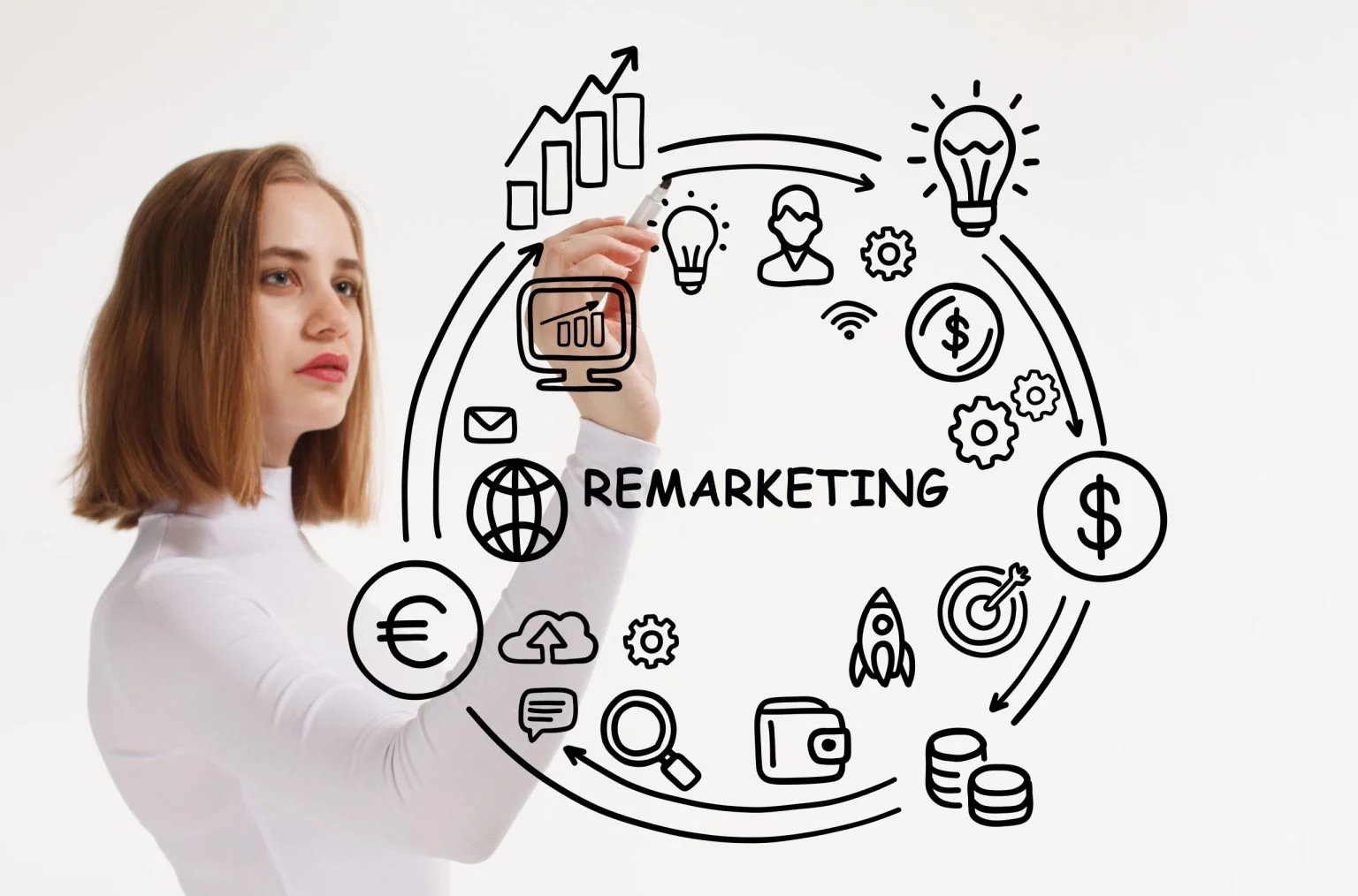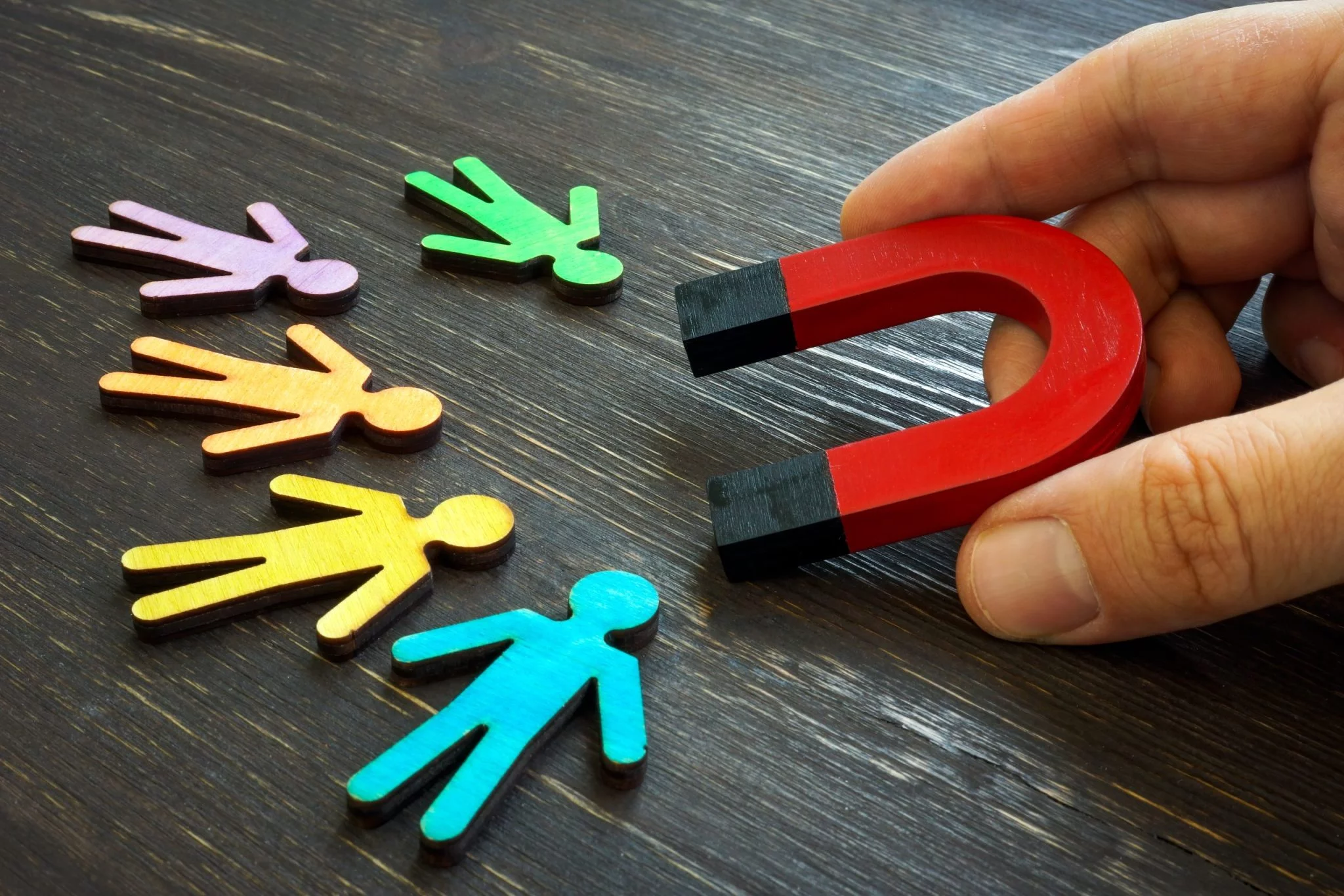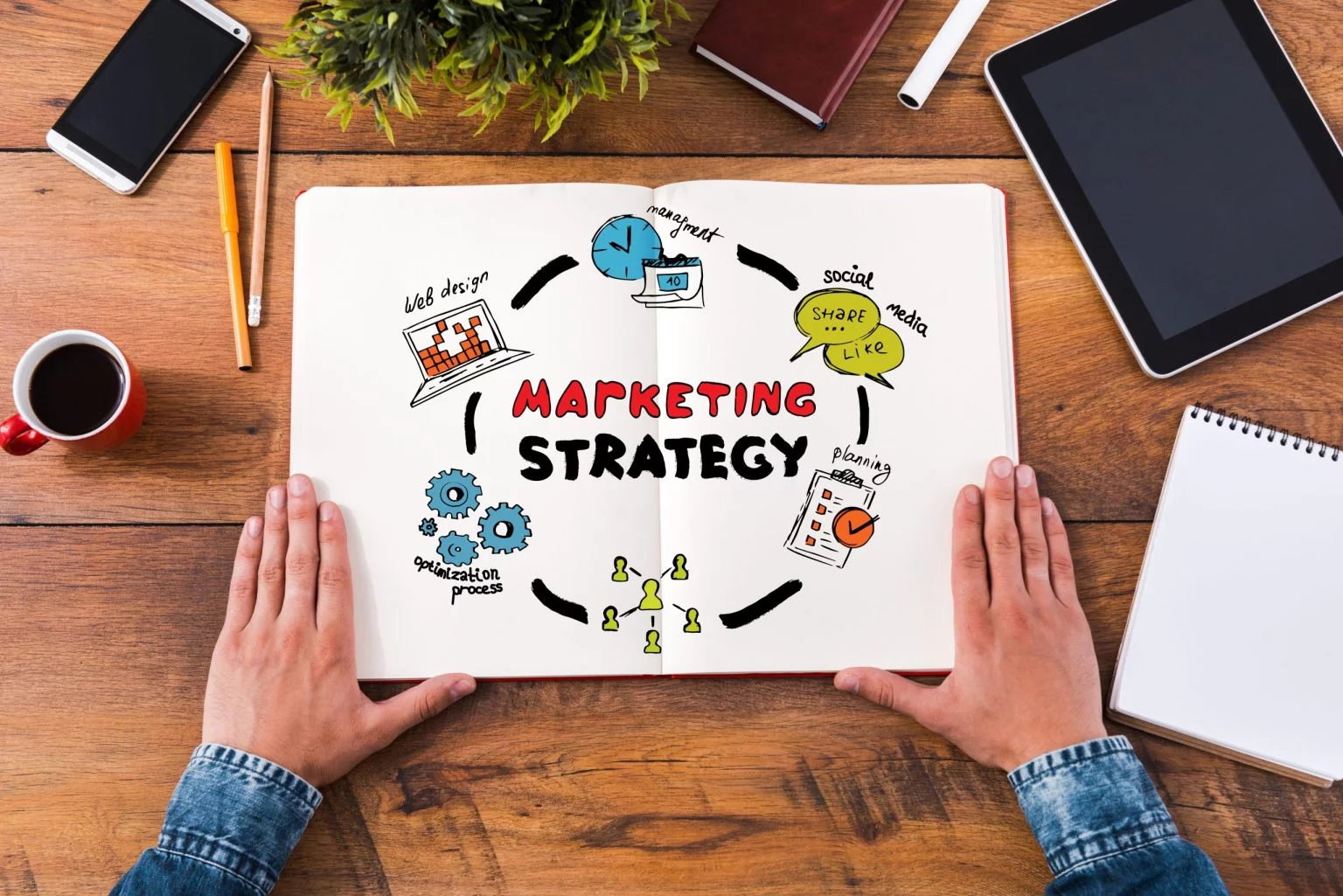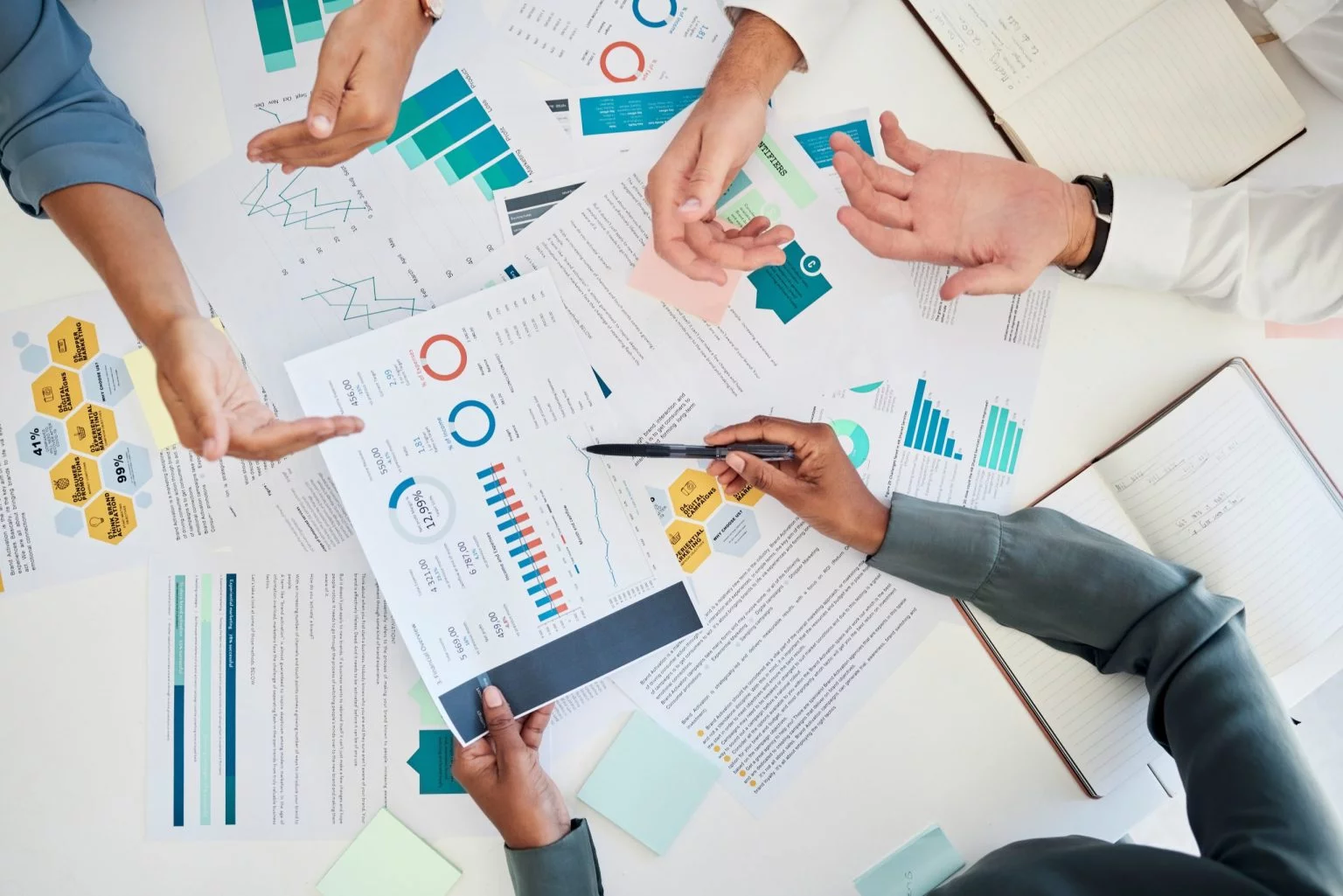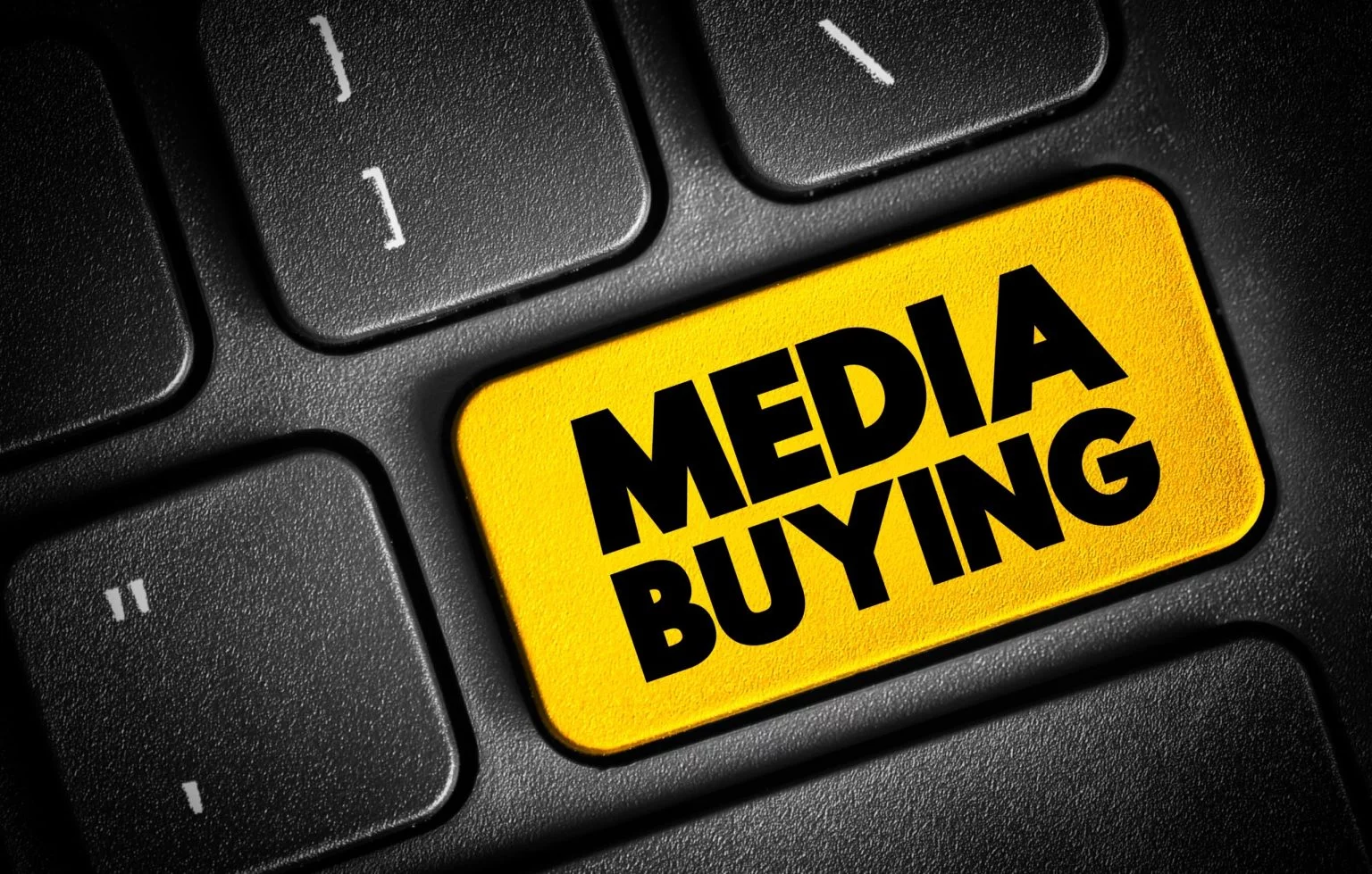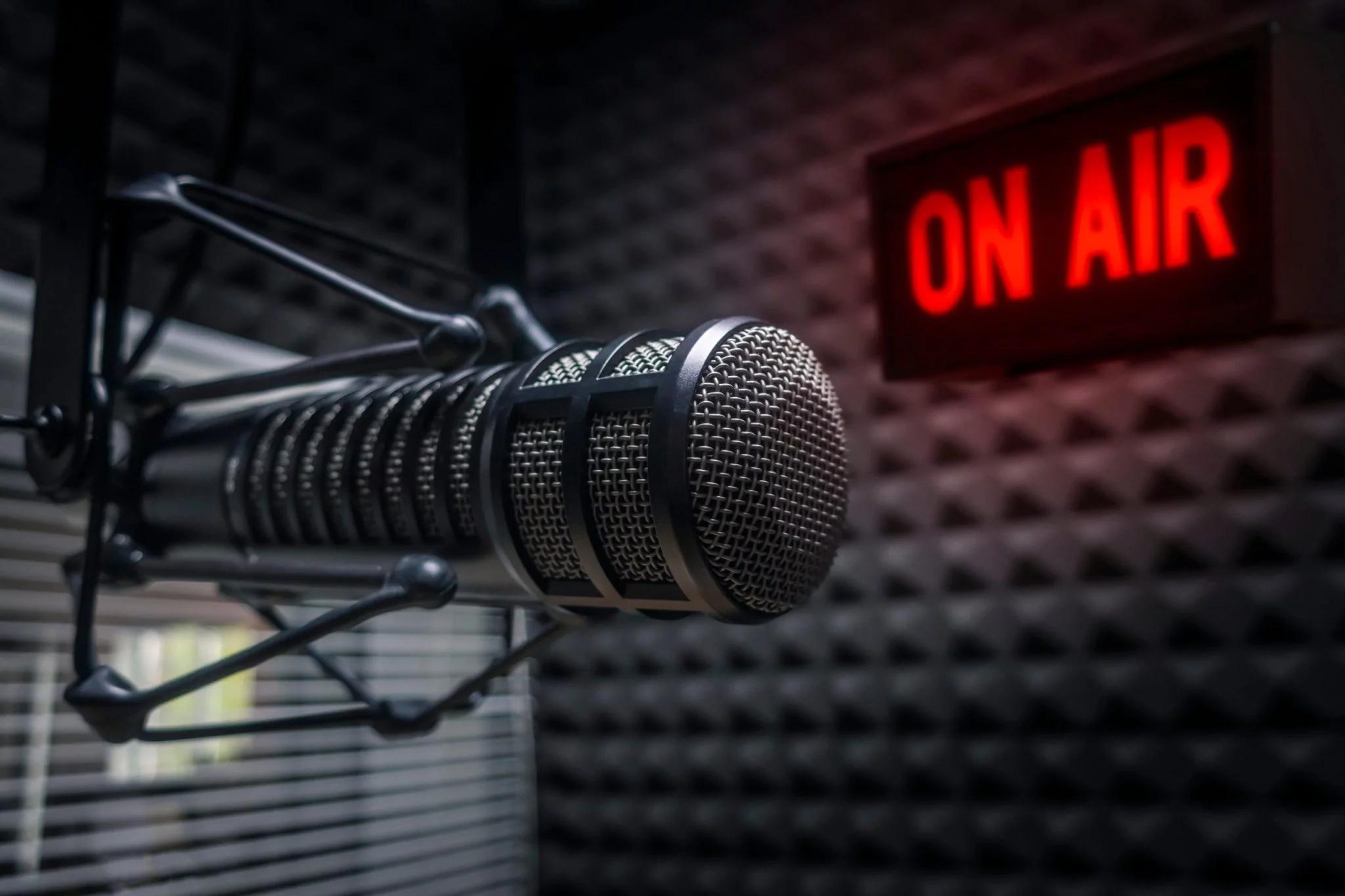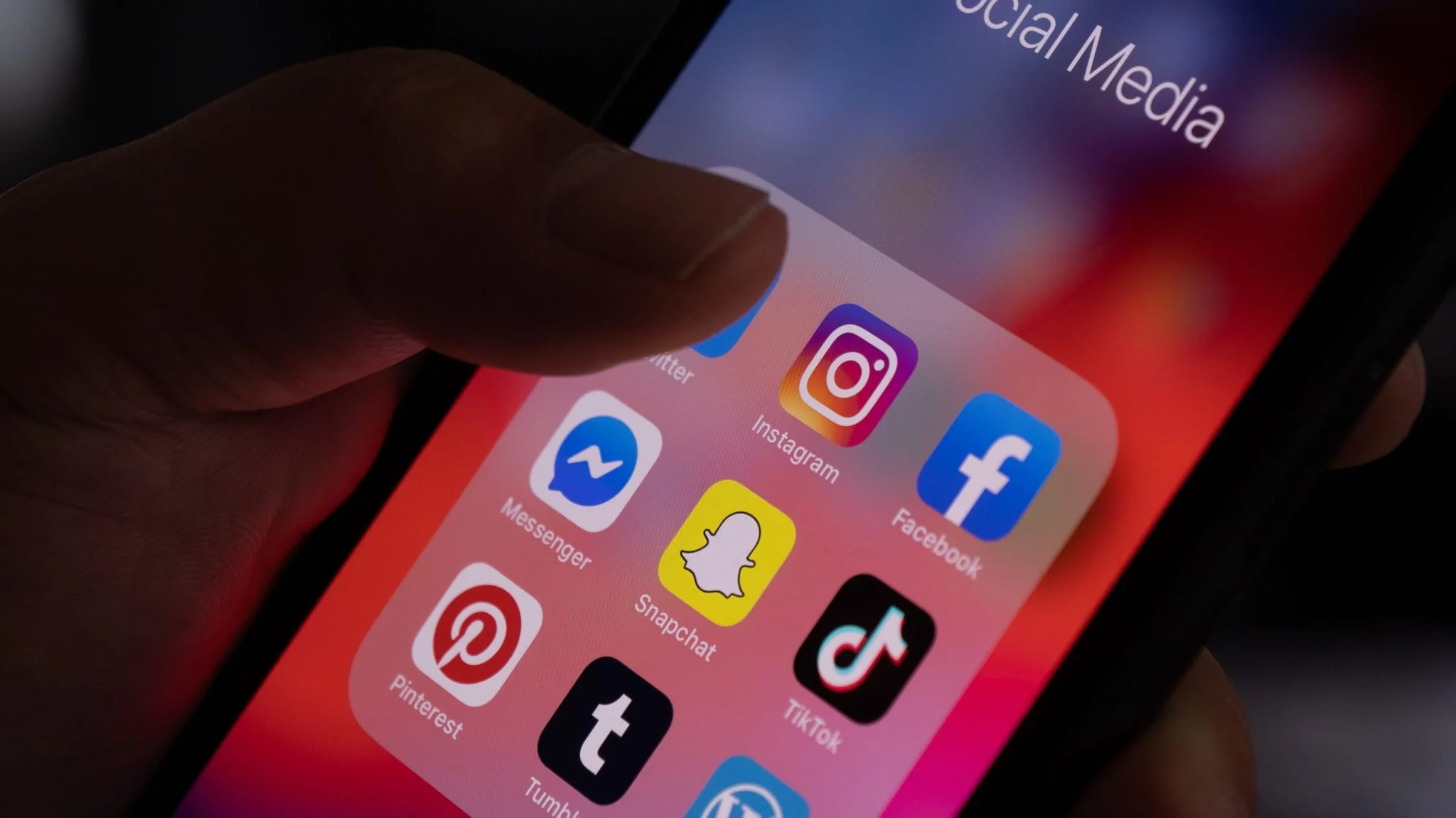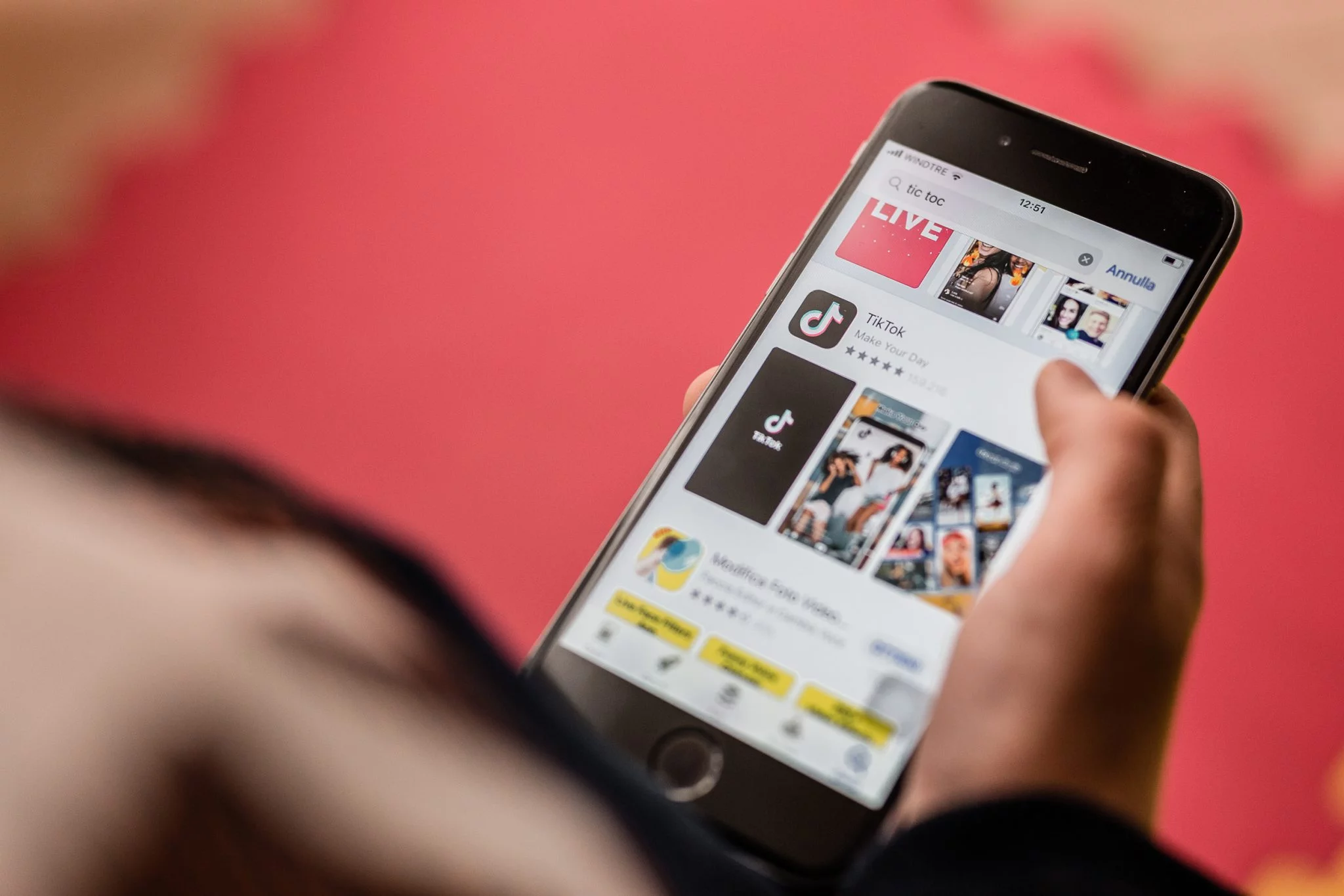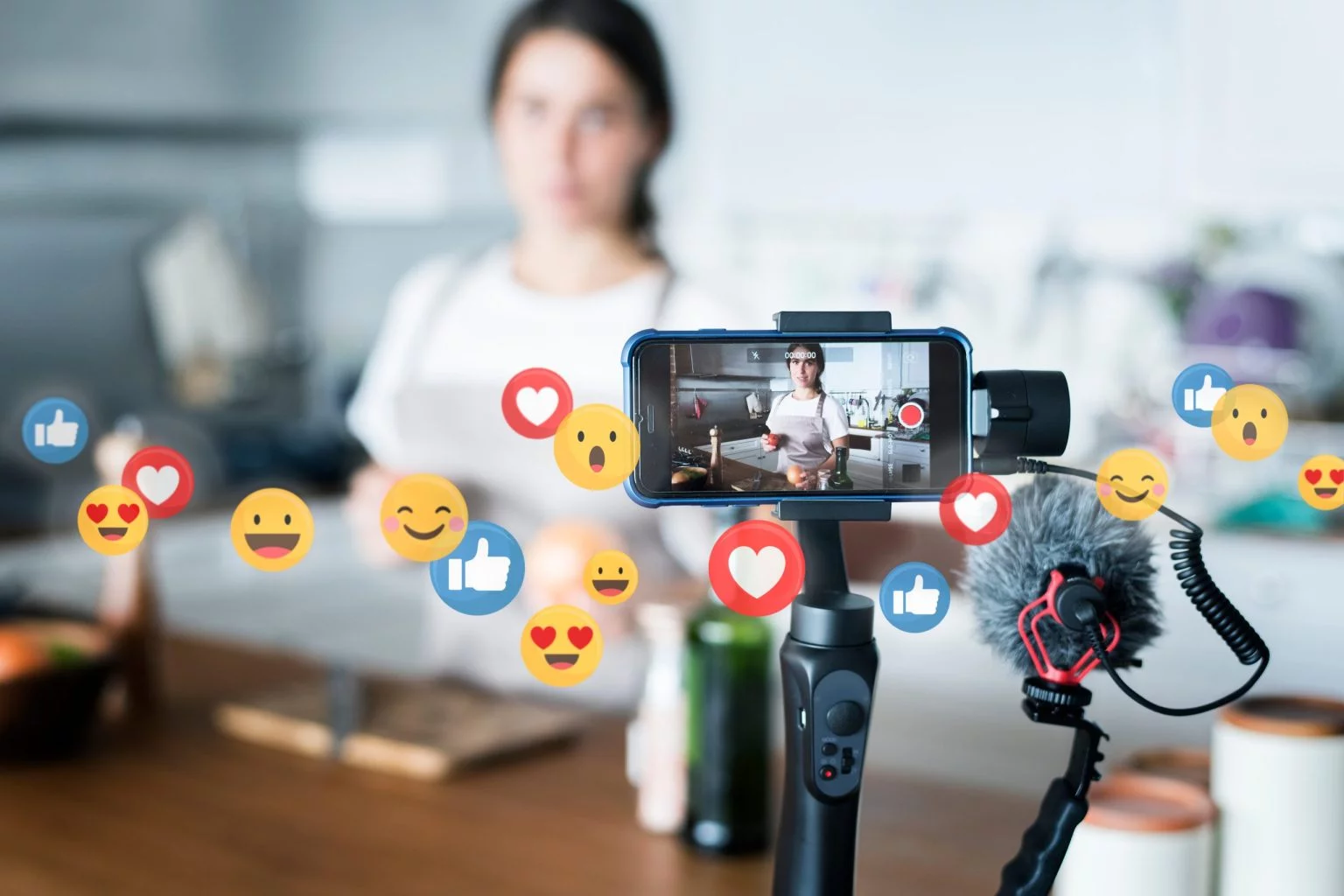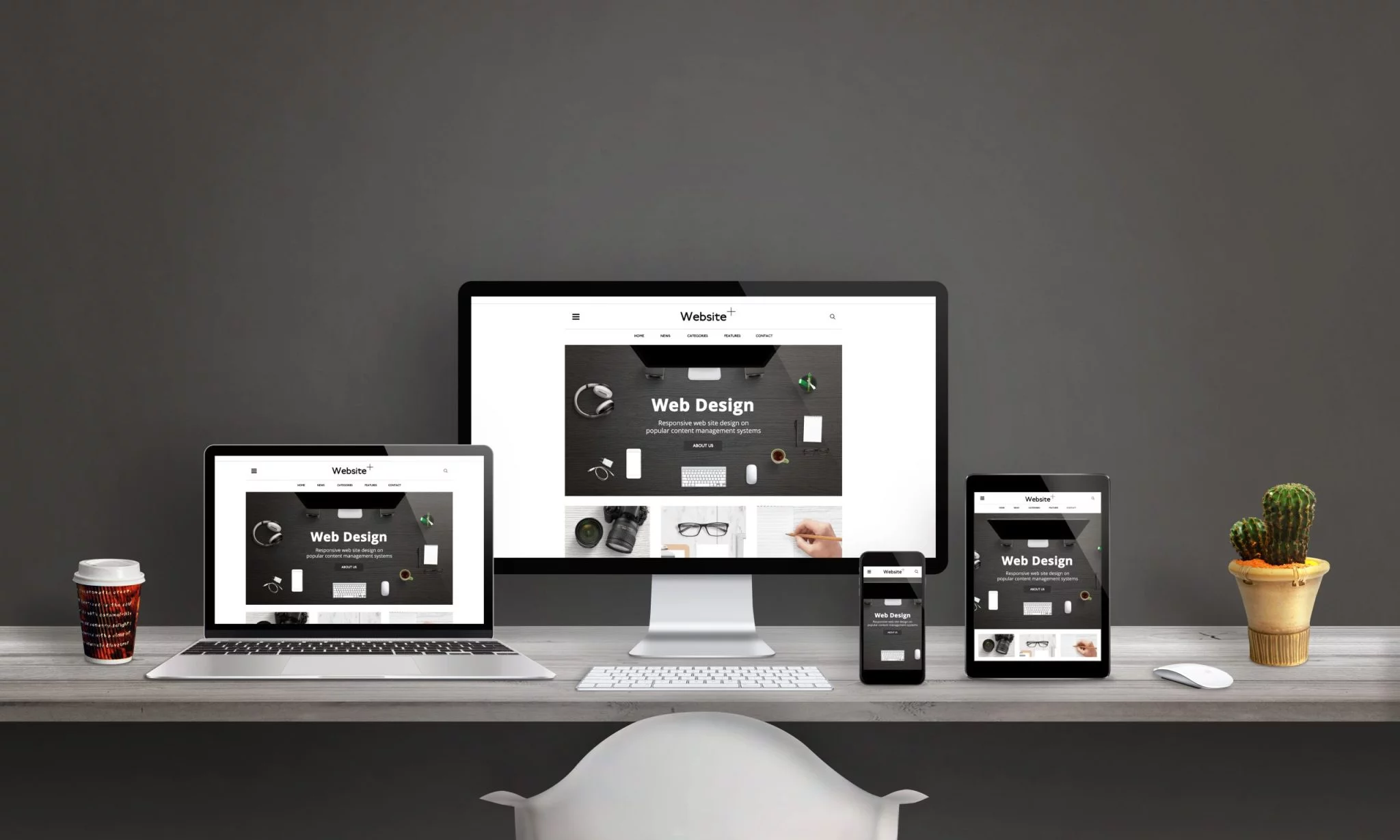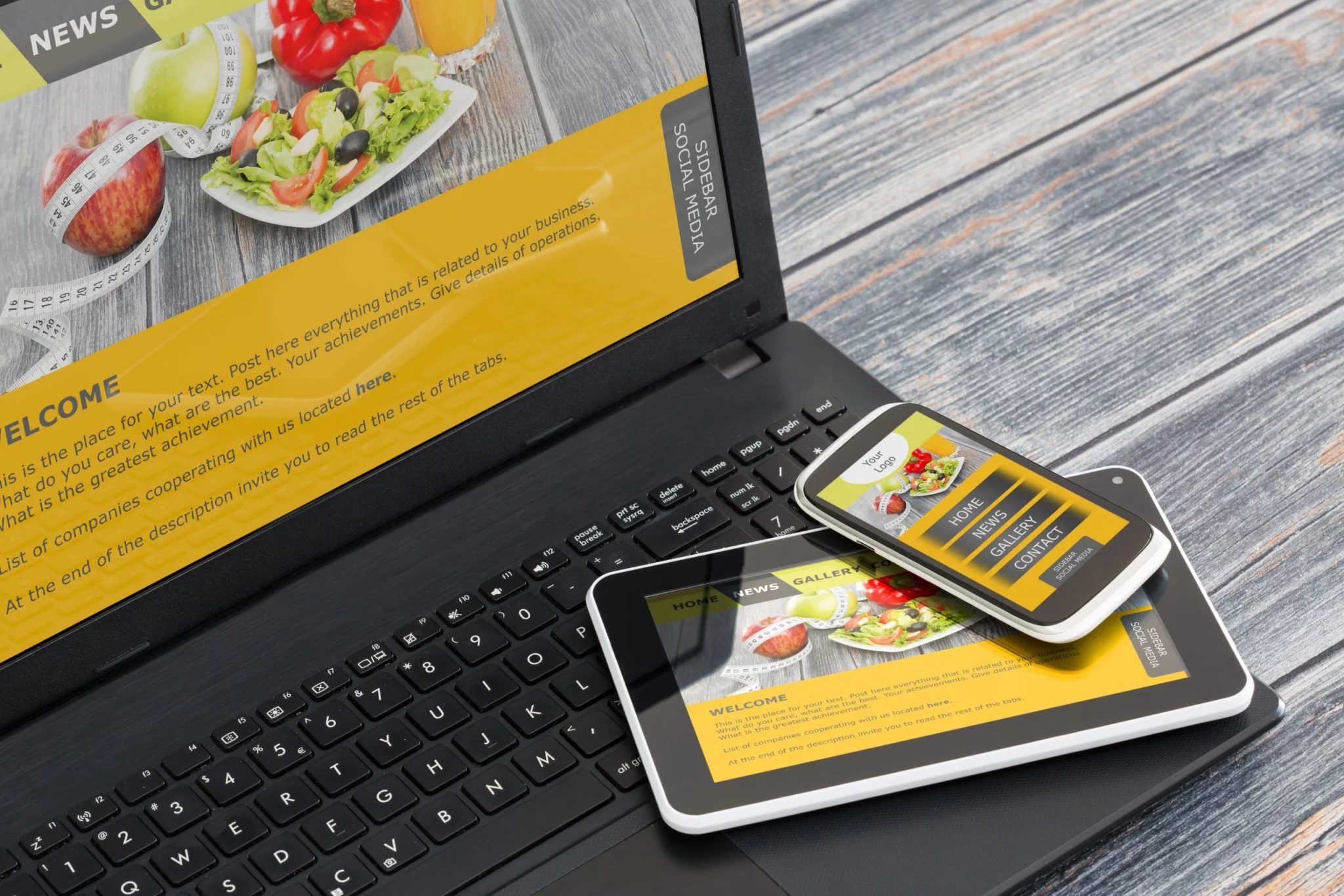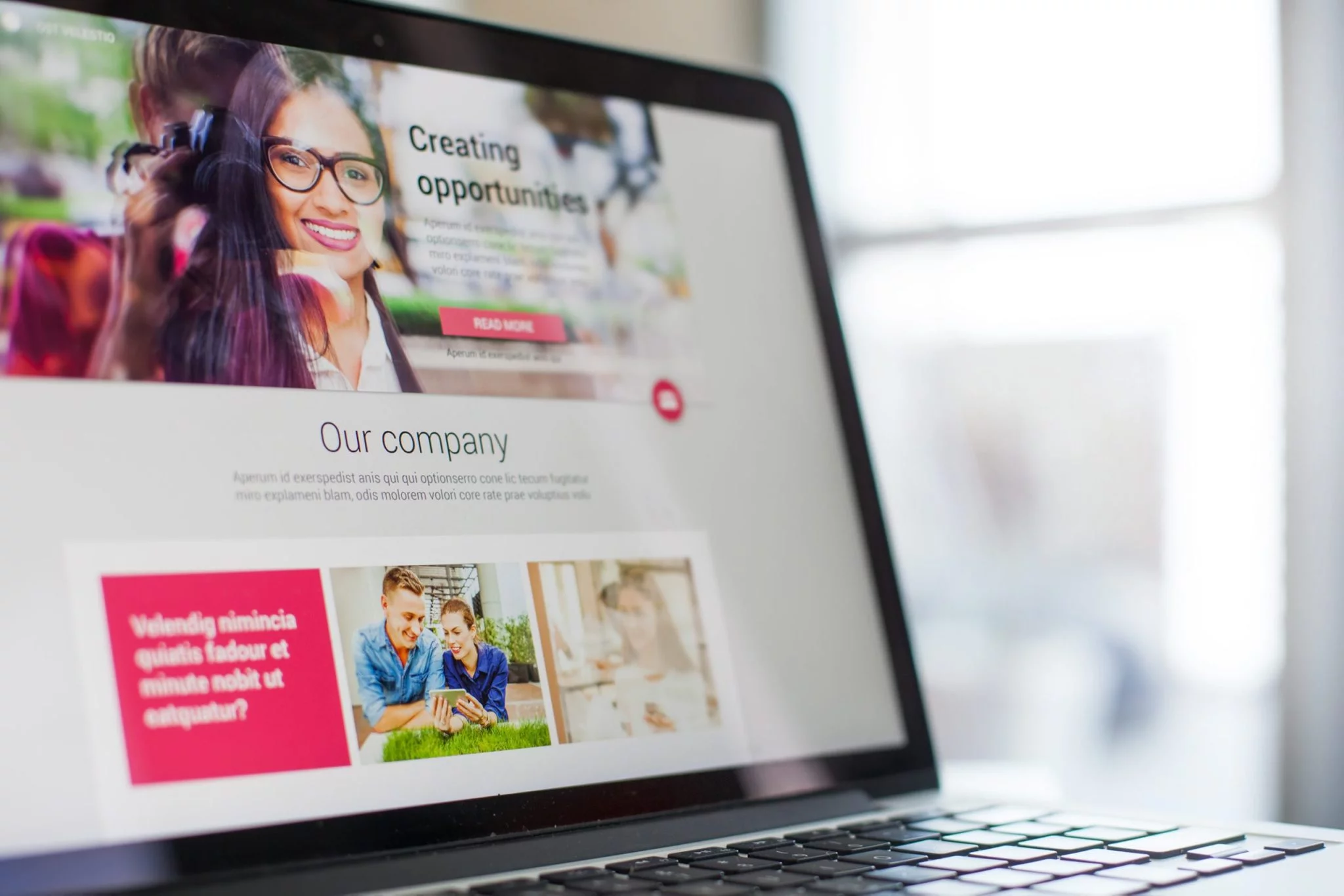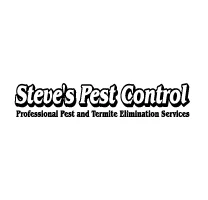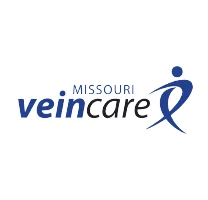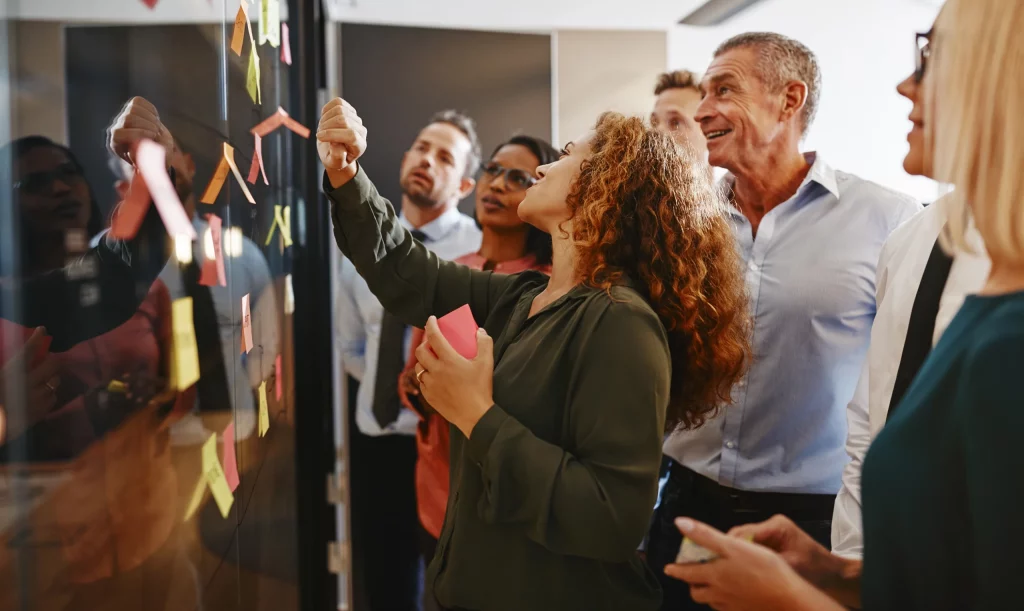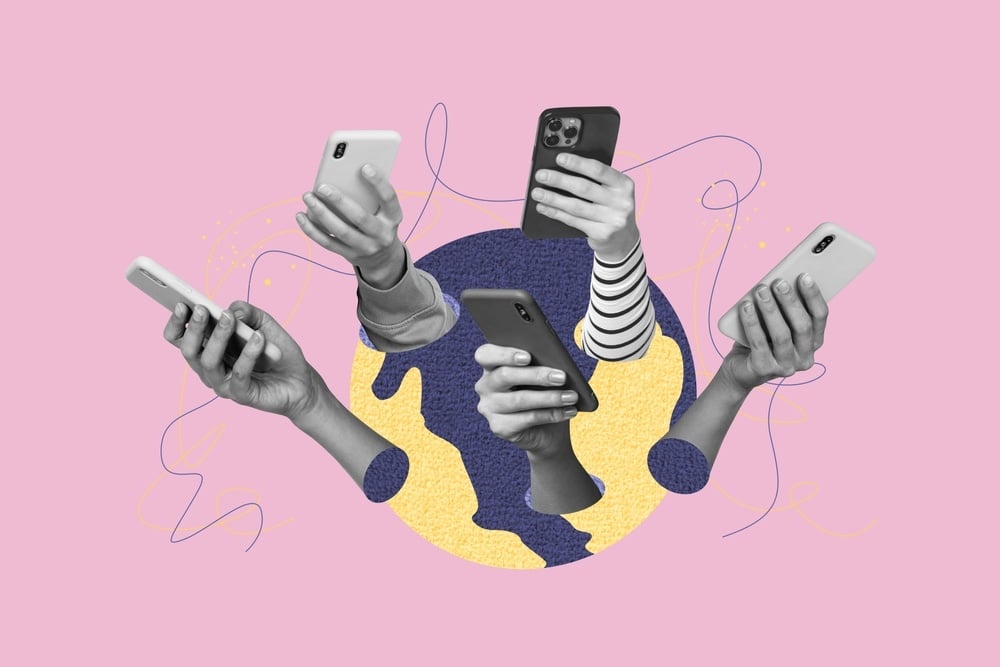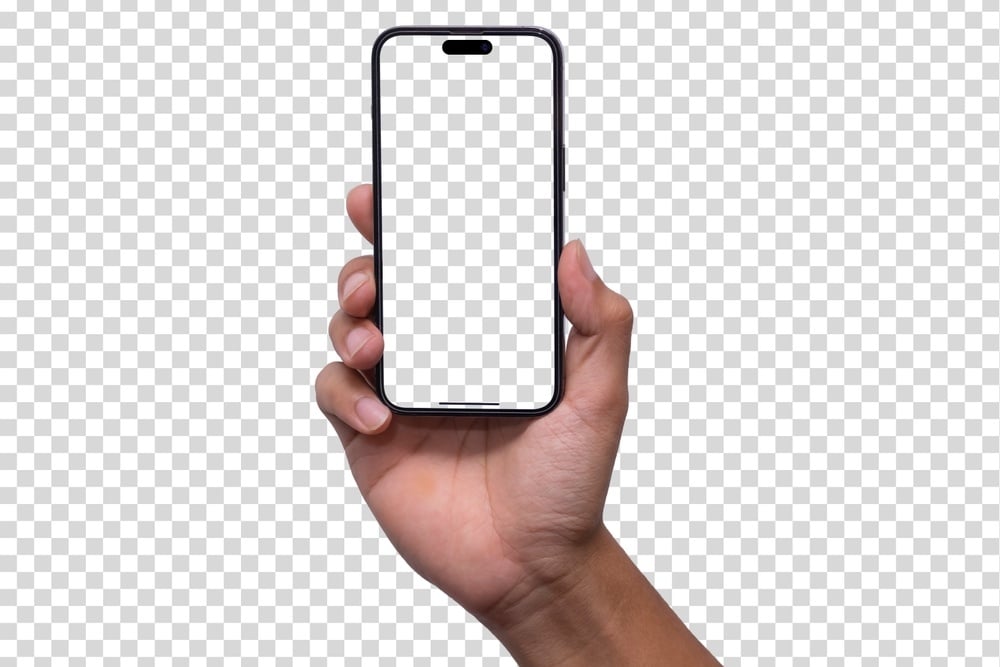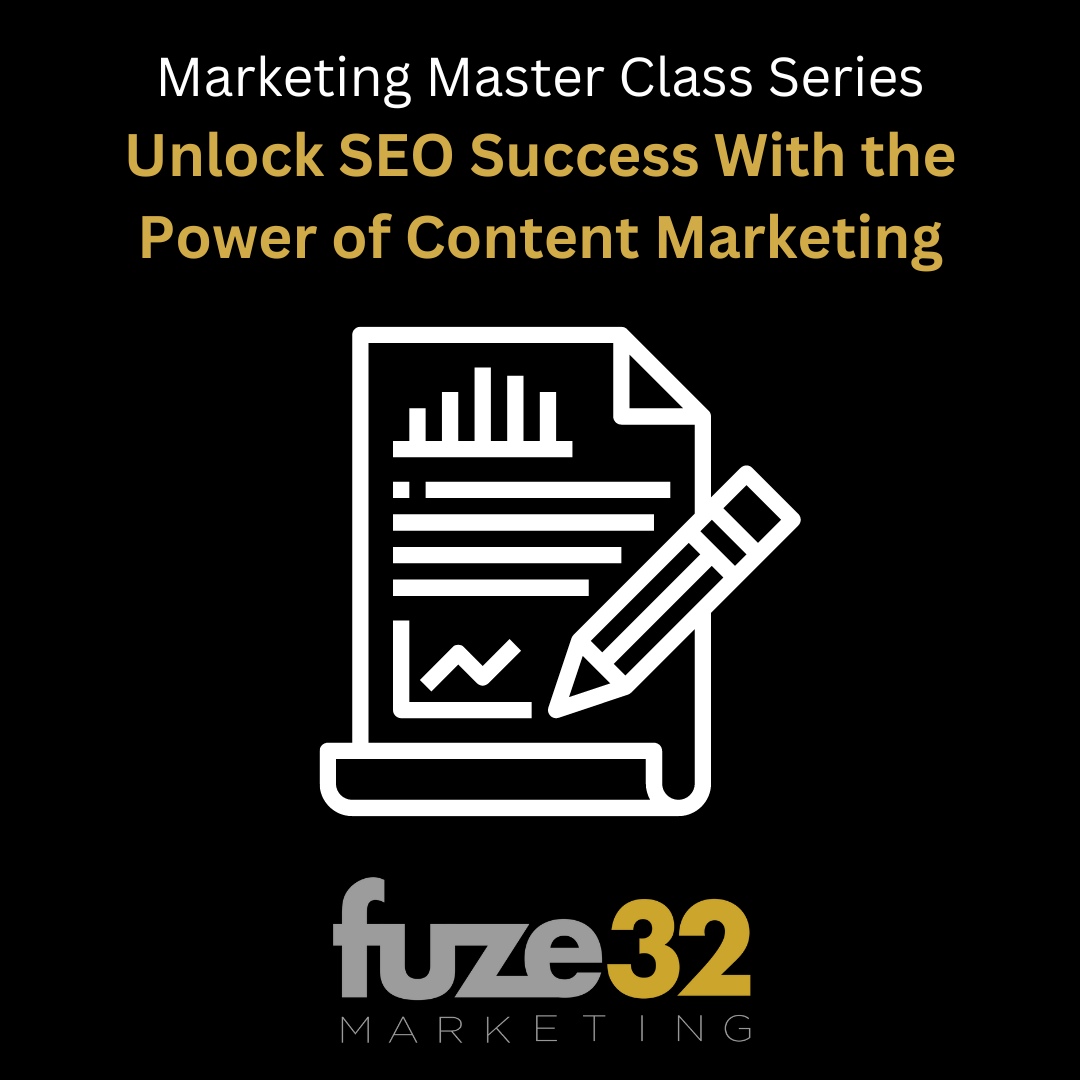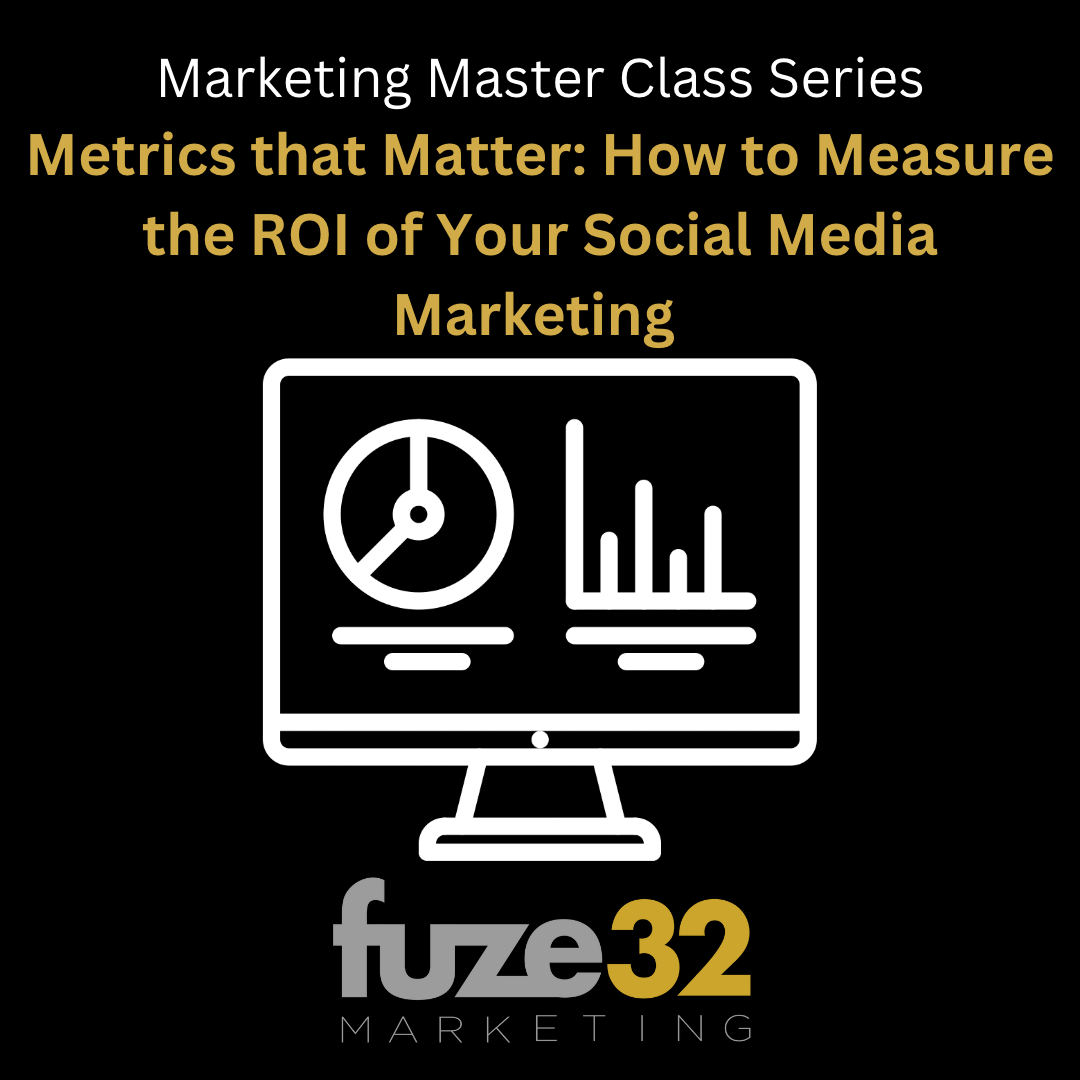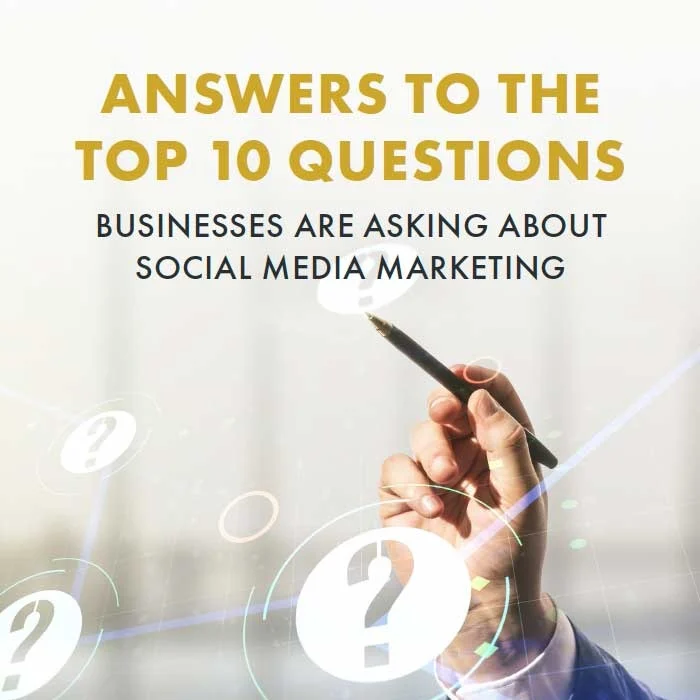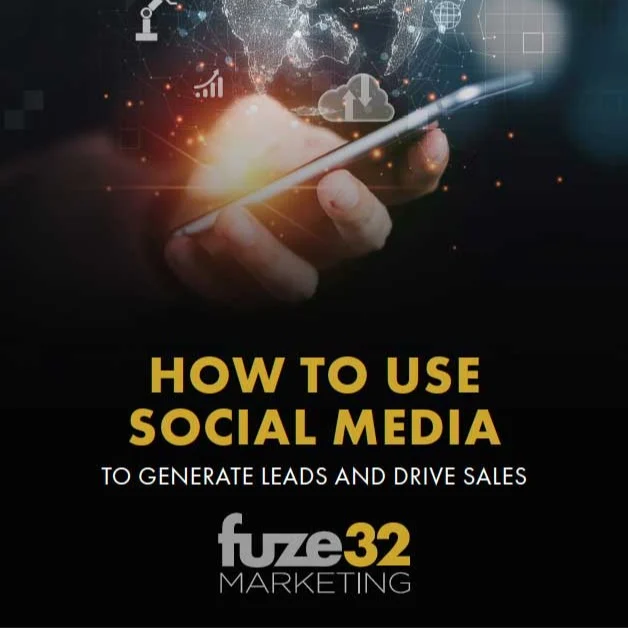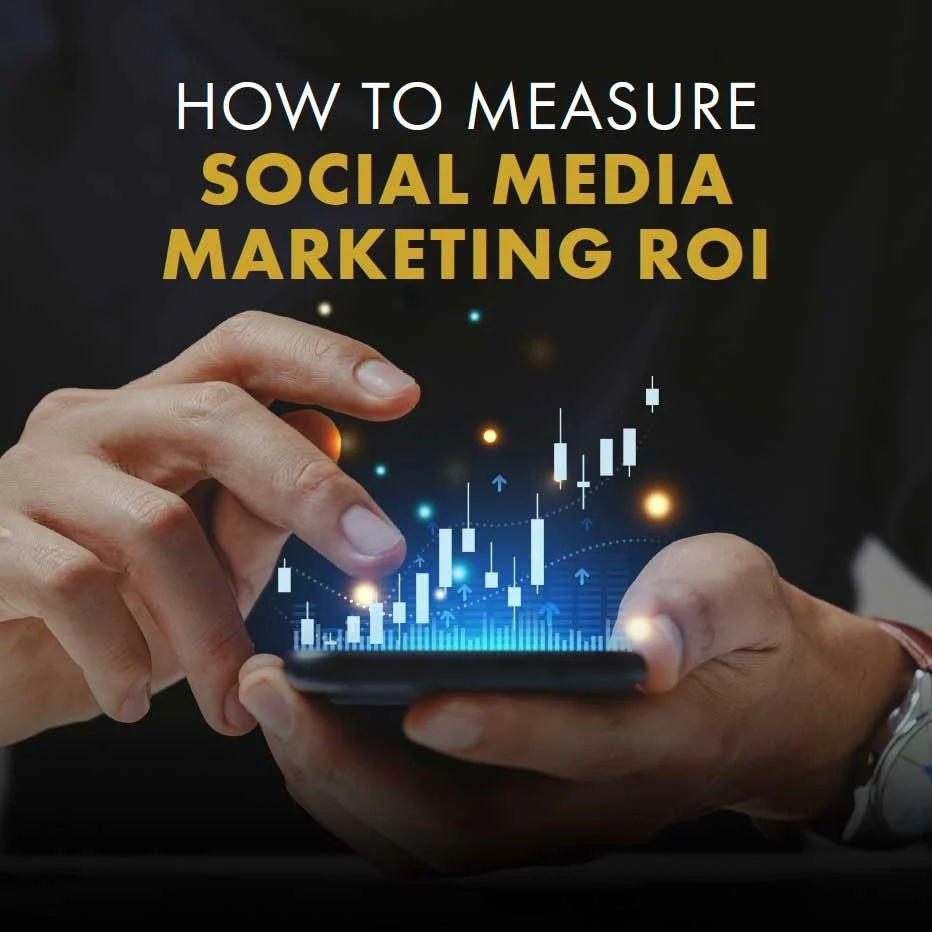Inbound marketing is about attracting, nurturing, and converting visitors into valuable customers. To ensure the journey goes to plan, you need an effective funnel that seamlessly guides people from point A to point B. This funnel is the cornerstone of your digital marketing strategy, serving as the roadmap for you and your customers.
Ready to learn how to create an inbound marketing funnel that converts? Here’s what you need to know.
What is an Inbound Marketing Funnel?
An inbound marketing funnel is a precise series of steps that guide visitors from awareness of your brand to becoming your loyal customers. Essentially, it’s turning cold organic traffic into warm leads using valuable content that aligns with their needs and interests at each stage.
The process kicks off by spreading the word about your products and services. This initial lead generation step is the awareness stage, where you spotlight your offerings. It’s also when you share what makes your brand stand out.
Following that is the comprehension stage. At this point in the funnel, you provide valuable information and answer questions to help people learn why they should buy your offerings. You might present your products and services as solutions to their pain points. Or highlight why your products outperform the competitors in every way possible.
The third stage is the conviction stage, where the magic of building lasting customer relationships happens. By now, you’ve captured the attention of your prospects and shown them why your products and services are worth buying. So, it’s time to use personalized marketing content to convert interested candidates into loyal customers and advocates for your brand.
The last stage is the action stage where a lead becomes a customer. It's here that you have an opportunity to continue to 'wow' them with quality information and resources so that they continue to make purchases of additional products and services and are eager to share your business with their friends.
Creating an Effective Inbound Marketing Sales Funnel
Inbound marketing is the process of inviting prospects to your website through quality content and nurturing down the buying funnel through helpful and relevant information, inviting them to take the steps needed to convert. Ultimately, the process culminates with them becoming a customer. Here's how it works:
Step 1: Identify Your Audience
The first building block of your successful inbound marketing funnel is to know your audience inside and out. The best way to do that is by crafting detailed buyer personas that outline their demographics, goals, challenges, objections, and questions. This foundation will inform your entire funnel, guiding how you attract, engage, and convert your target audience.
Collect data from your existing customers and prospects using surveys, interviews, and website analytics. Look at who they are and what they want from your brand. Explore what your audience aims to achieve. Also, consider their personal and professional goals, motivations, and pain points. Then, finish your research by anticipating any objections and questions your potential customers might have about your offerings.
Step 2: Map the Customer Journey
Next, you must map the customer journey to explore how your target audience moves from awareness to making a purchase. Once completed, this roadmap will guide your efforts, helping your marketing and sales teams navigate every touchpoint and interaction.
Start mapping the customer journey by identifying the specific actions, objections, and questions your personas may encounter at each stage. Expect these insights to greatly differ at the awareness, comprehension, conviction, and action phases.
In the awareness stages, people are just getting to know your brand, so they’ll likely be focused on understanding what you offer. In the comprehension stage, the inquiries often get more specific as potential customers seek to understand the unique value your offerings provide. Finally, in the conviction stage, they’re likely to compare options before wanting to learn how to buy.
Step 3: Build Content for Each Funnel Stage
With an understanding of your target audience and their journey, you can build content for each inbound marketing funnel stage. Each stage demands a unique approach to keep people moving through the customer journey without a hitch.
- Awareness Stage: At the top of the funnel, content should be geared toward sparking interest and curiosity about your brand. Think blog posts, guides, social media content, informative videos, and infographics.
- Comprehension Stage: Middle-of-the-funnel content provides more in-depth information that shares the value of your brand and its offerings. Aim to address your customers’ critical challenges with case studies, product comparisons, and testimonials.
- Conviction Stage: Upon reaching the bottom of the funnel, customers are ready to respond to clear calls to action (CTAs) that guide them toward purchasing. At this stage, powerful motivators include product demos, free trials, and exclusive discounts.
Provide helpful information at the right time, and you’ll lead prospects smoothly through the funnel toward becoming satisfied customers.
Step 4: Promote Your Content
You’ll actively promote your content at this step, ensuring your target audience sees each piece. Your promotion strategy will depend on your buyer personas and customer journey mapping. Consider where your audience is in the buyer journey, then use that content to attract, nurture, and convert.
For the best results, leverage multiple channels to reach your audience where they spend their time. If they spend time on Instagram, share your blog posts to drive traffic to your site. Does your audience prefer email? Send email newsletters with your latest guides, infographics, and videos.
Also, improve the search engine optimization (SEO) of your website. Think about how your target audience might search for your products and services, then use SEO best practices to drive them your way.
Step 5: Optimize Landing Pages
To ensure your inbound marketing sales funnel works at its best, optimize landing pages to create powerful digital gateways. When done correctly, these pages turn curious visitors into qualified leads.
Optimizing your landing pages begins with identifying the content offers and campaigns you want to support. Build each one to seamlessly align with the brand messaging you want to share with your target audience.
Simplicity and minimalism are key. Ensure your landing page layout is free of distractions so it focuses visitors’ attention on the primary CTA. Communicate the value of your offer clearly while directing visitors to fill out your form. Make sure the form fields are easy to complete and only ask for essential info to minimize friction and increase the success of your landing pages.
Step 6: Nurture Leads
This final step uses tailored content and conversations to guide leads toward conversion. This crucial phase involves building meaningful relationships with prospects so they see your brand as a partner in their journey.
Begin this phase by gauging where a lead stands in the journey. You can tailor your communication and offerings to meet their specific needs with that info. Use behavioral tracking, lead scoring, and explicit buying signals, like quote requests, to assess their readiness to buy.
With their readiness in mind, you can move on to sending personalized content to your leads through automated email campaigns. These emails should engage leads with relevant content, answer their questions, and offer solutions to their pain points.
Gain Loyal Customers by Creating an Inbound Marketing Funnel
Creating an inbound marketing funnel takes immense research, planning, and optimization. But you can bet that all that effort is worthwhile. An inbound marketing funnel that truly converts can maximize leads and sales for your business. Once in motion, it keeps generating and nurturing leads in an ongoing cycle, ensuring a steady flow of loyal customers who will fuel your business’s growth for years.


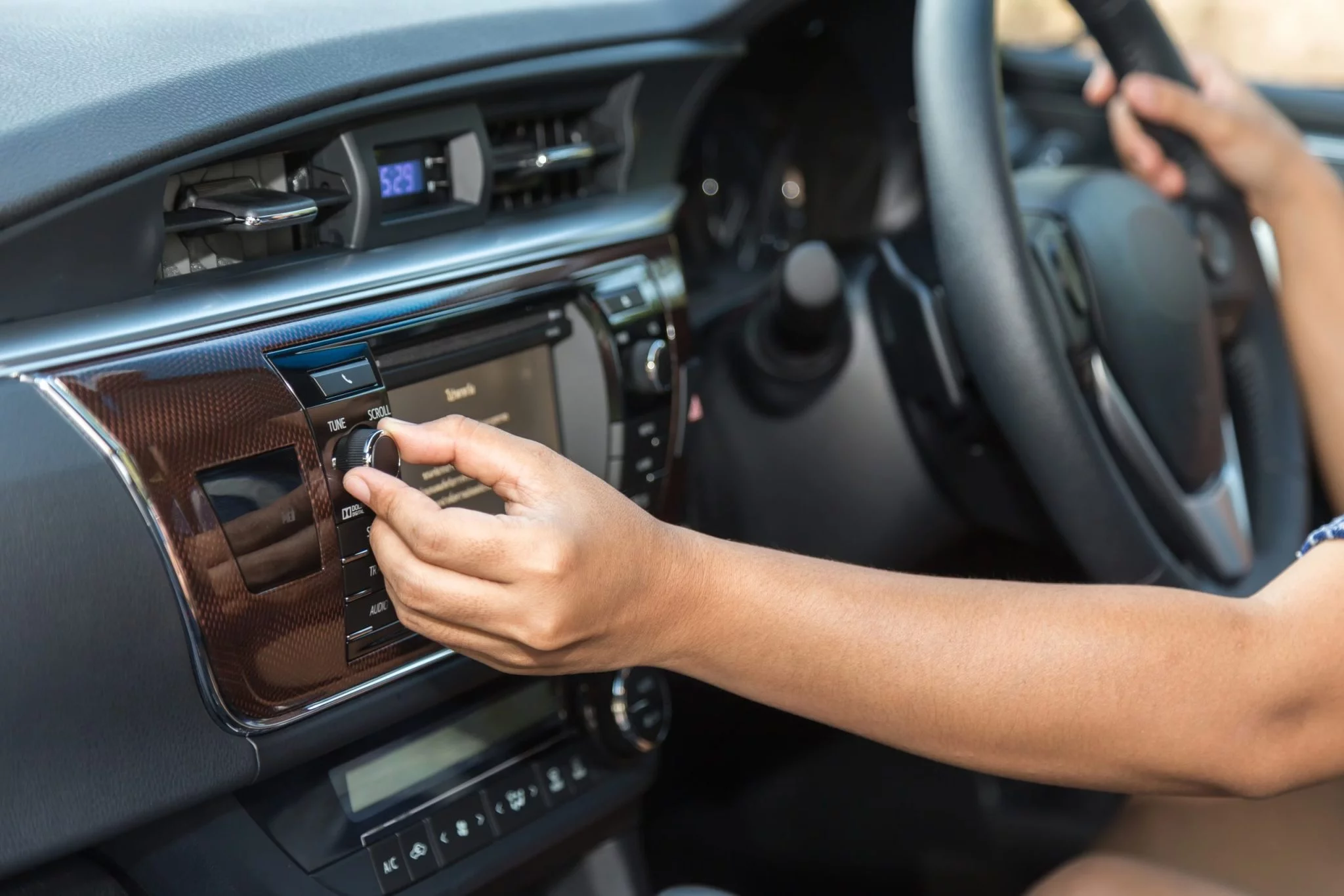
.webp)
